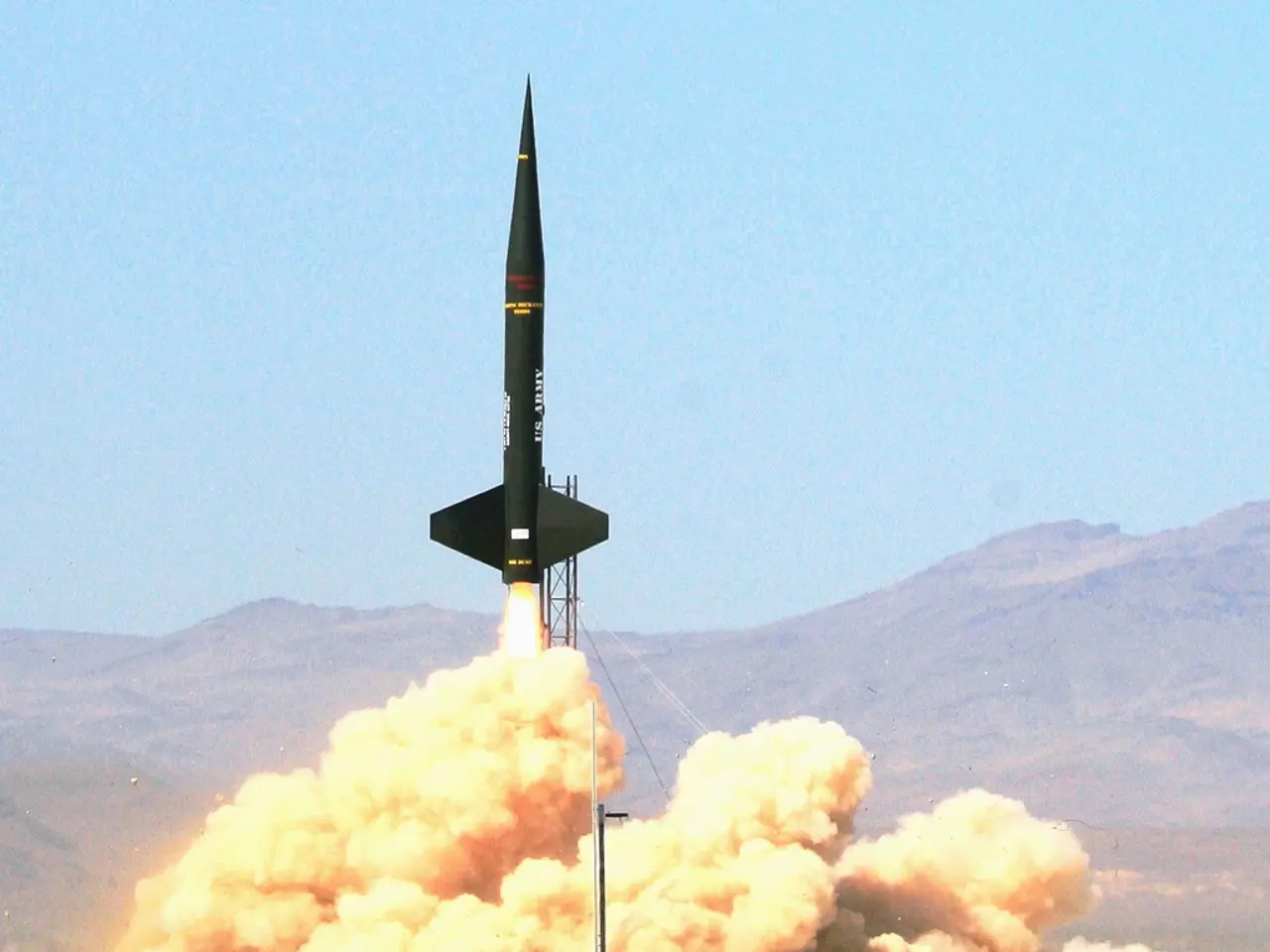If You're Currently Exempt from Your Required Minimum Distribution (RMD), Here's How You Can Utilize the Fund Inflow.
The year's end is swiftly approaching, and for some retirees, this means they'll be compelled to make mandatory withdrawals from their non-Roth IRAs. These withdrawals are often referred to as required minimum distributions (RMDs).
This impending tide of retirement account payouts brings up an essential question: what if you don't require this distribution at the present moment? Here are some potential answers.
Understanding Required Minimum Distributions
Before diving into options, it's essential to determine if you're actually obligated to take an RMD this year.
The answer depends on your age. According to IRS regulations, you must draw a minimum amount from traditional IRAs, SEPs, SIMPLE IRAs, 401(k)s, and other employer-sponsored retirement plans once you turn 73. You have until April 1 of the year following the one in which you turn 73 to take your first RMD. After that initial year, you must make these annual withdrawals by December 31 each year.
The amount to be withdrawn is determined by an IRS table that correlates your current age with your life expectancy. Divide the value of your retirement account at the beginning of the previous year by the life expectancy number, and this will typically serve as your RMD for the year.
It's worth noting that these distributions are typically subject to income taxation. If you have other income sources, it's possible they could push you into a higher tax bracket.
However, what if you don't need or even want an RMD at this time? You cannot simply choose to skip it, as failing to do so will result in a 25% penalty on any amount you should have withdrawn but did not. Here are some of your top options.
Four Options for Your RMD
1. Invest in a High-Yield Money Market Fund
Although it's not mandatory, most retirees will be taking their RMD as a cash payment. This does not mean you must leave it in the low-yield money market account provided by banks and brokers as a default. If you're willing to make a phone call or place an online trade, you can direct this money into a higher-yielding money market, many of which are currently offering yields of over 4%.
2. Take an In-Kind Distribution
While most RMDs are made in cash, this is not your only option. If you hold an investment you wish to continue holding, you can remove some or all of that position by transferring it out of your IRA and into a traditional brokerage account. You'll simply need to provide your brokerage firm with explicit instructions.
No tax liability is avoided by taking these so-called "in-kind" distributions. The IRS simply uses the value of the distribution on the day the transfer from the IRA is completed as your taxable withdrawal figure. However, you will still need to meet your RMD for the year, which is taxable by a dollar amount based on the previous year's ending value. You may need to transfer more than one position or additional cash to meet this requirement.
3. Donate It
Assuming you neither need this money now nor will need it in the future, you can also donate your RMD to a legitimate charity using the IRS' qualified charitable deduction (QCD) rules.
At first glance, these donations may appear to be any other tax-deductible donation. However, there is one significant difference: such charitable giving satisfies RMD requirements while also exempting up to $105,000 per person (or up to $210,000 per married couple filing jointly) per year of such giving from taxable income. This could not only allow you to do good with your money but also help prevent your income from entering a higher tax bracket.
4. Be Smart
Finally, perhaps the wisest move to make with any RMD money you don't need immediately is investing it - or reinvesting it - in a way that still makes sense with the overall composition of your holdings.
What does that mean? For starters, if your portfolio is already imbalanced and there's no timing-based benefit in taking an in-kind distribution, take a cash-based RMD instead and invest in stocks and/or funds that reduce your risk while adding exposure to sectors or categories where you're lacking. Keep in mind that, outside of an IRA, you will get no tax-sheltered growth. So, choose wisely.
Mostly, though, prioritize assembling a diversified portfolio. Although you can minimize or even postpone the payment of taxes, you can never completely avoid them. Doing so to the detriment of your long-term investment performance can often do more harm than good.
In light of the IRS regulations, retirees aged 73 and above must withdraw a minimum amount from their traditional IRAs, SEPs, SIMPLE IRAs, 401(k)s, and other retirement plans. If you find yourself in a situation where you don't need this distribution, failing to withdraw the required minimum distribution (RMD) will result in a 25% penalty on the amount you should have withdrawn.




